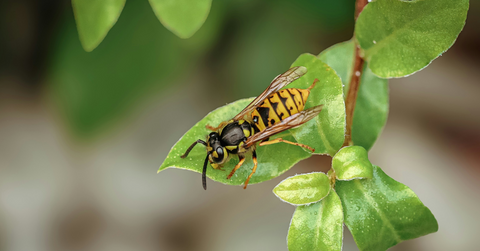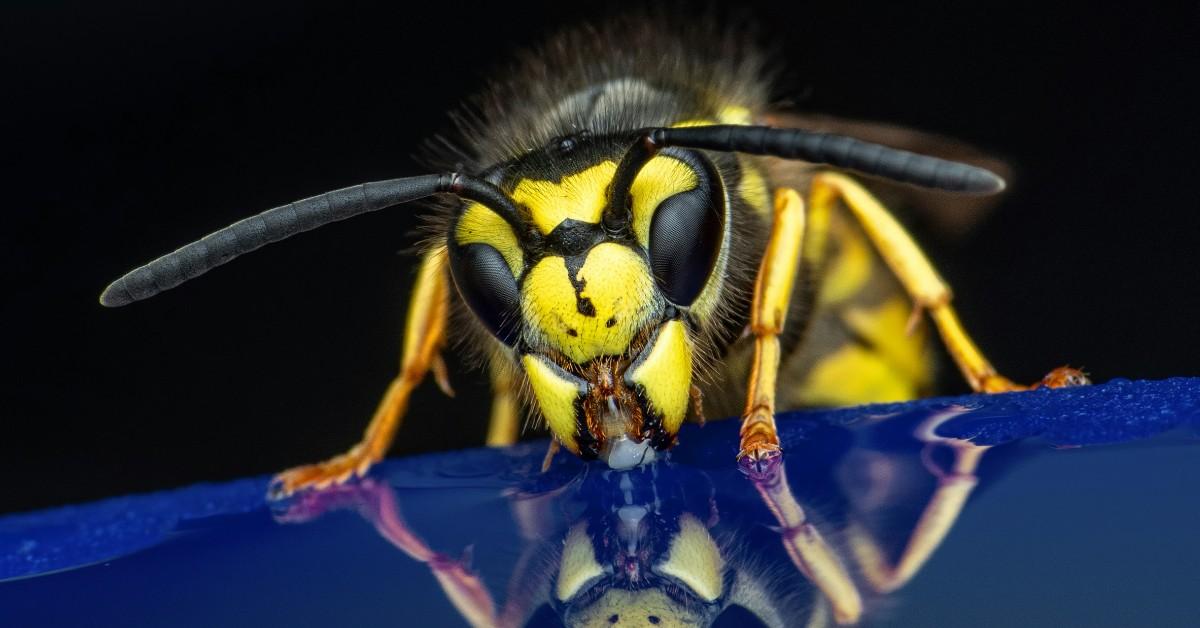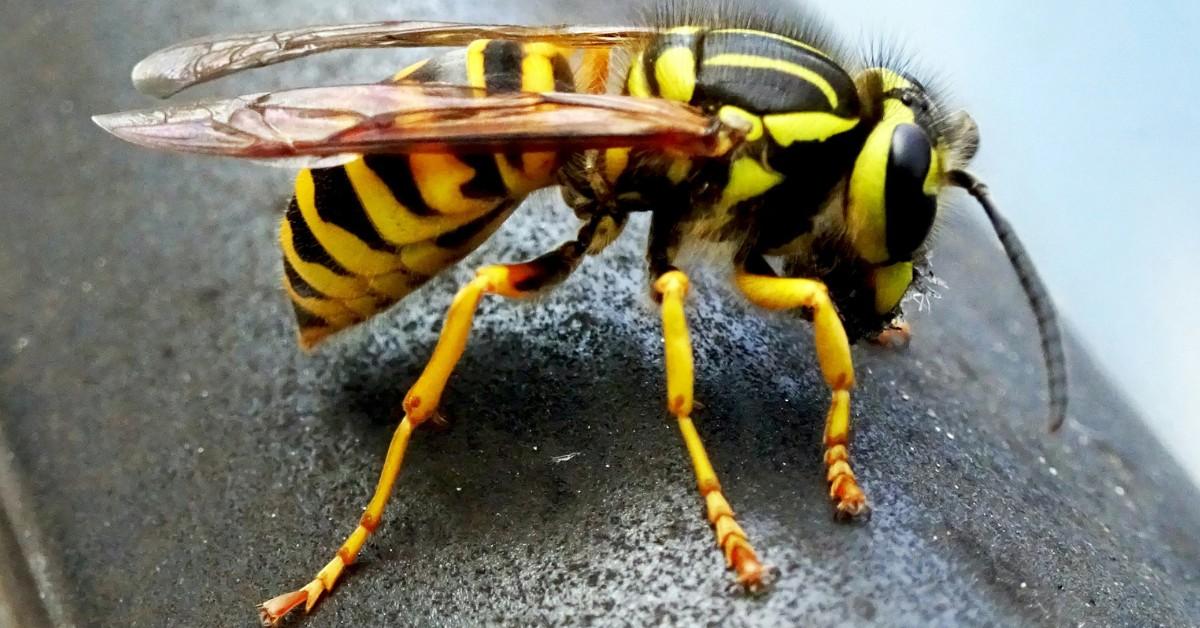Love Them or Hate Them, Yellow Jackets Provide an Essential Service in Our Ecosystem
They may be nasty when you disturb their nests, but yellow jackets have a lot to offer the planet.
Published June 13 2025, 3:48 p.m. ET

If you've ever experienced the sting of a yellowdjacket, you know how painful and annoying they can be. That's why many people search out natural or ethical ways to get rid of the bugs and avoid having to deal with them when they head outdoors.
While they may be known for their sting or building their nests in inconvenient places, yellow jackets are more than just flying menaces. They can help keep non-beneficial pests at bay, as well as a few other perks.
What else can yellow jackets do for the environment? Keep reading to find out and to see why you should be rejoicing instead of running when you see one of these black and yellow insects heading your way.

What do yellow jackets do for the environment?
Like other better-known (and better-liked) insects like bumblebees and butterflies, yellow jackets are also pretty good pollinators. According to the National Park Service, yellow jackets, which also go by the scientific names Vespula species, Vespa species, and Dolichovespula species, are considered beneficial insects.
They are great to have around gardens thanks to their voracious appetite for pests like harmful flies and caterpillars.
The Environmental Pest Control blog notes that yellow jackets are also great at keeping certain nuisance pests at bay, since they feed on blow fly and house fly larva.
Additionally, these bugs can serve as pollinators, since their legs can help collect pollen and transfer it as they move from plant to plant while looking for food.

However, the flip side is that these bugs can have a fearsome sting, and they will use it when they feel threatened by a predator or their nests. Of course, there are those who are allergic to yellow jacket stings, which can cause a painful and sometimes fatal reaction.
Will yellow jackets go extinct?
According to the Animal Diversity website, the Eastern yellow jacket was once considered endangered. The insect was once on the brink of being added to the watch list because of dwindling populations. While they have rebounded since 2000, when they were originally in trouble, it appears that a non-native species could push them to the edge again.
A German yellowjacket (AKA: Vespula germanica) is taking over.
That's because this species of yellow jacket is far more aggressive than the native ones, and the German one is creating stiff competition when it comes to everything from shelters to natural resources.
That being said, it seems like the yellow jackets that we've all come to know in the U.S. over the years are here to stay, and likely to keep providing a benefit to the environment just like they always have.
That's good news for flowers that need pollinating, and farmers and home gardeners who need the added help in the garden, but bad news for anyone who is already afraid of these insects and the stings that come along with them whenever their nests are disturbed.